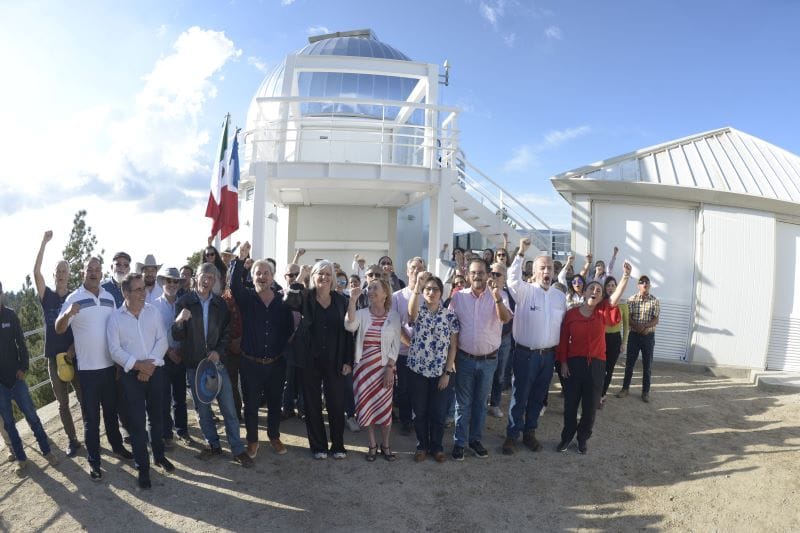COLIBRI, a New Window to the Universe
COLIBRI, a new telescope at the San Pedro Mártir National Astronomical Observatory, was inaugurated. It's part of a project to study gamma ray flashes. The telescope is a collaboration between Mexico and France and will allow scientists to explore the universe more deeply.

In a significant milestone for astronomical research, the San Pedro Mártir National Astronomical Observatory (OAN-SPM), operated by the UNAM Astronomy Institute (IA), has inaugurated COLIBRÍ, a cutting-edge telescope designed to observe transient objects in the night sky. This innovative instrument is part of a broader project aimed at studying gamma ray flashes, the most energetic explosions in the universe.
The inauguration ceremony was attended by prominent figures in the scientific community, including María Soledad Funes Argüello, coordinator of Scientific Research at UNAM, and Yair Krongold Herrera, director of the Institute of Astronomy (IA). Funes Argüello emphasized the significance of COLIBRÍ, stating that it will enable scientists to delve deeper into the cosmos and continue exploring the mysteries of the universe.




